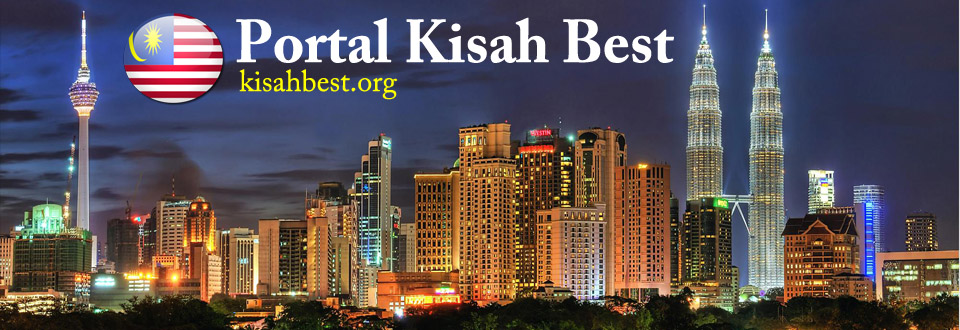Exploring the Unique Traditions and Customs of Malaysian Communities
October 12, 2023
Malaysia is a diverse and multicultural country with a rich tapestry of traditions and customs that have been passed down through generations. These unique practices play an essential role in binding communities together and preserving their cultural heritage. In this article, we will delve into some of the fascinating traditions and customs practiced by Malaysian communities, which continue to shape the country’s vibrant identity.
Introduction
Malaysia is known for its diverse population comprising various ethnicities, primarily Malays, Chinese, and Indians. Each community deeply cherishes its customs, creating a colorful mosaic of traditions that coexist harmoniously. These customs reflect a strong sense of identity and are observed in numerous aspects of daily life, from greetings to celebrations and familial ties.
Body
Greetings and Etiquette
One of the unique customs practiced by Malaysian communities is the exchange of greetings. Malaysians often greet each other with the phrase “Selamat pagi” (good morning), “Selamat tengahari” (good afternoon), or “Selamat petang” (good evening) depending on the time of day. The Malay community gives great importance to respect and politeness. When addressing elders, proper honorifics such as “Encik” for men and “Puan” for women are used. Chinese Malaysians, on the other hand, greet each other with a slight bow and use honorific titles like “Ahmad” or “Uncle” to show respect.
Festivals and Celebrations
Malaysian festivals are vibrant celebrations that showcase the unique customs and traditions of each community. One of the most significant festivals is Hari Raya Aidilfitri, which marks the end of Ramadan, the Islamic holy month of fasting. During this time, Muslims in Malaysia come together to seek forgiveness and reconcile with one another. Traditional Malay dishes like rendang (a spicy meat dish) and ketupat (rice dumplings) are prepared and shared with friends and family. It is also customary to seek forgiveness from elders by asking for “maaf zahir dan batin,” which means seeking forgiveness for wrongdoings, both physical and emotional.
Chinese Malaysians celebrate the Lunar New Year, also known as “Gong Xi Fa Cai,” with great gusto. This festival is marked by vibrant parades, lion dances, and the exchange of ang pows (red packets containing money) to bring good luck. Families also come together for a reunion dinner where they indulge in sumptuous dishes like yee sang (prosperity toss salad) and mandarin oranges, symbolizing good fortune.
Weddings and Marriage Customs
In Malaysia, weddings are grand affairs that embody the cultural customs of different communities. A traditional Malay wedding, known as “akad nikah,” involves a solemnization ceremony where the bride and groom exchange vows in the presence of family and close friends. The event is accompanied by joyful music, traditional dances, and the serving of delicious Malay cuisine.
Indian Malaysians follow their own unique customs in wedding ceremonies. Among Tamil communities, weddings feature a “mehndi” ceremony, where intricate henna designs are applied to the bride’s hands and feet. The groom, on the other hand, arrives on a decorated horse, following a lively procession accompanied by music and dancing.
Traditional Crafts and Artistry
Malaysian communities are renowned for their rich artistic heritage, with each culture possessing its own traditional crafts and skills. The Malaysian batik, a fabric decorated with intricate wax-resistant patterns, is a fine example of traditional craft. Malay, Chinese, and Indian Malaysians often wear batik clothing during festive occasions, adding elegance and cultural significance to the celebrations.
Wood carving is another cherished craft in Malaysia, with its intricate designs adorning various ornaments and decorative items. The Orang Asli, the indigenous people of Malaysia, are skilled in bamboo weaving, creating practical items such as baskets, mats, and even traditional musical instruments.
Conclusion
The customs and traditions observed by Malaysian communities are both diverse and vibrant, revealing a deep-rooted respect for culture and heritage. These practices serve as a source of unity, fostering understanding and acceptance among different ethnic groups. Through greeting customs, festivals, wedding ceremonies, and traditional crafts, Malaysians continue to celebrate their rich tapestry of cultures that make their country truly unique.
FAQ Section
Q1: What is the significance of the phrase “Selamat pagi” in Malaysia?
The phrase “Selamat pagi” is a Malay greeting used to wish someone a good morning. It demonstrates the importance Malaysians place on politeness and respect when interacting with one another.
Q2: How do Chinese Malaysians celebrate the Lunar New Year?
Chinese Malaysians celebrate the Lunar New Year with festive parades, lion dances, and the exchange of ang pows (red packets containing money). Traditional dishes and family reunions are also integral to the celebrations.
Q3: What are traditional crafts in Malaysia?
Malaysia boasts a wide array of traditional crafts, including batik fabric decorated with intricate wax-resistant patterns and wood carving. Bamboo weaving is also a skill mastered by the indigenous Orang Asli people.
Q4: How are weddings in Malaysia celebrated?
Weddings in Malaysia are elaborate affairs that vary based on ethnic customs. For instance, Malay weddings feature a solemnization ceremony known as “akad nikah,” while Indian weddings include a “mehndi” ceremony and vibrant processions.
Q5: What is the importance of seeking forgiveness during Hari Raya Aidilfitri?
Seeking forgiveness, or “maaf zahir dan batin,” during Hari Raya Aidilfitri is a Malay custom that signifies the end of Ramadan and the need for reconciliation. It strengthens familial and community bonds, fostering forgiveness and understanding amongst individuals.

